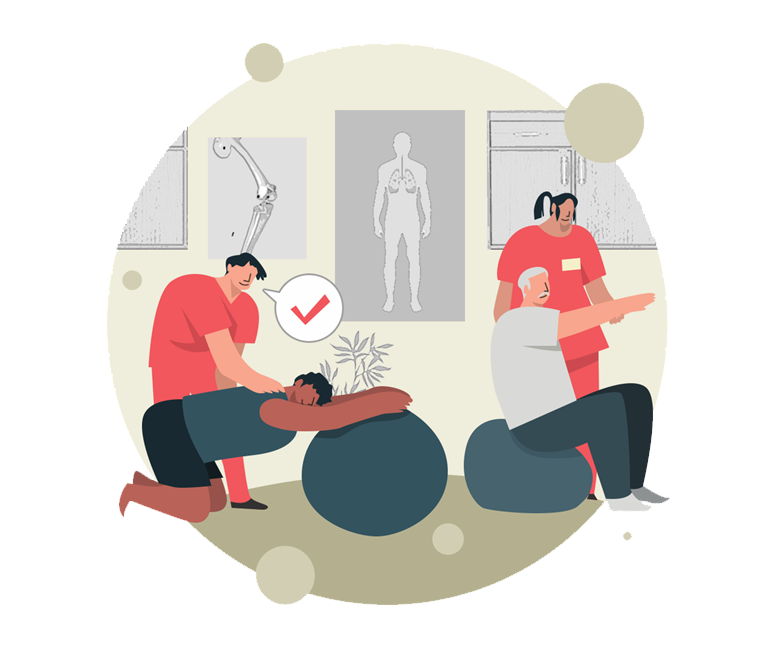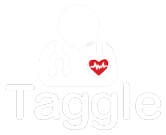
Rehabilitation
TeleRehabilitation systems can improve access to rehabilitation services, increase patient engagement, and improve patient outcomes while reducing costs. TDHP has various Rehabilitation solutions to address the needs of different kinds of patients
HealthKiosk
The HealthKiosk can be deployed in a Centre setting or used in the patient’s home. Using motion cameras to detect whole body movement, it is suitable for a wide range of rehabilitation services including frailty/fall prevention and recovery from stroke. It can also be the key engagement platform for population wellness programmes with interactive games to engage and promote movement.
Video Rehab Platform
Our Video Rehab Platform was built to address the challenges patients and clinicians face communicating what is needed for rehab sessions over video links. In Video Rehab mode, it allows clinicians to prepare a playlist of exercises and movement videos that patient can easily follow. In video consult mode, it allows clinicians to control interactive programmes that provide immediate feedback and concise instructions for patients. Eg. in Speech therapy, patients can modulate their pitch according to visual feedback from the system.
Mobile Rehab
Using the most common device available to the patient, we have developed a whole suite of ‘mini-apps’ for rehabilitation that runs on our Mobile Health Framework. Our clients can white label and provide a mobile application with complete set of Digital Health services that are customized for each patient based on their profile and clinician’s prescription.
IMPACTS & BENEFITS
Increased accessibility
Telerehabilitation makes it possible for patients to receive rehabilitation services regardless of their location.
Convenience
Eliminates the need for patients to travel to a physical rehabilitation facility, which can be difficult for those with mobility issues or transportation challenges.
Improved patient outcomes
Just as effective as in-person rehabilitation for a variety of conditions, including stroke, traumatic brain injury, and spinal cord injury.
Cost-effectiveness
Reduces the cost of rehabilitation services by eliminating the need for physical space and staff for in-person appointments.
Increased patient engagement
Interactive features that engage patients and encourage them to take an active role in their rehabilitation.
Flexibility
Used for a wide range of rehabilitation services, including physical therapy, occupational therapy, and speech therapy.
